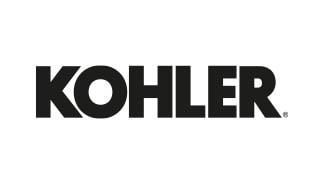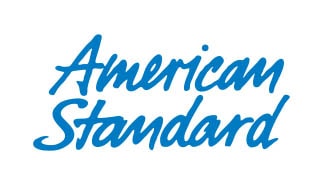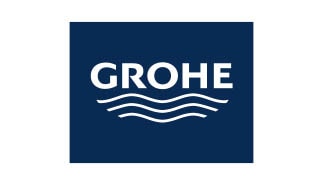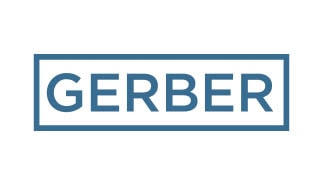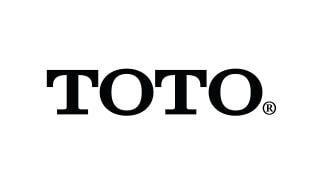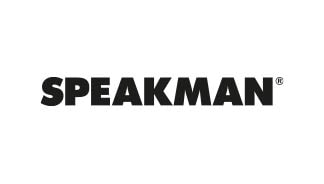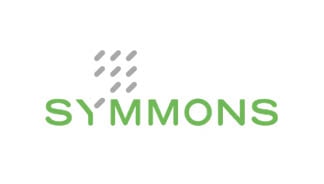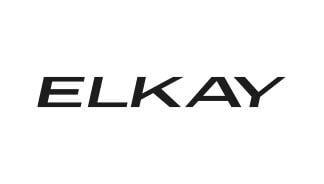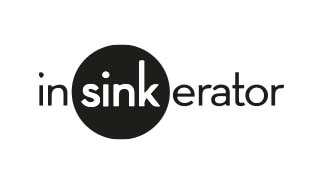Published on
July 6th, 2020What Is a Backflow Prevention Device?
If you own or manage a property in New York City, you may have heard you need to make sure your backflow prevention devices are working properly. Whether you’re new to property ownership or not an expert at plumbing, this may be a mystery to you. Sanitary Plumbing is here to answer your questions about these vital devices that protect our drinking water so you can stay in compliance with New York City law.
What Do Backflow Prevention Devices Do?
A simple device with an important job
When drinking water flows into your building, it is intended to go in one direction: towards taps where it can be used for drinking, cooking, and washing. However, occasional backflow in the pipes can cause the water to flow in the opposite direction, mixing with grey or wastewater before it re-enters the building.
Obviously, backflow is undesirable because the drinking water becomes contaminated with sewage or chemicals and is no longer potable. A backflow prevention device solves this problem by keeping contaminated water from flowing back into the city water supply should backflow occur.
What Causes Backflow?
Multiple causes
Backflow is caused by a drop in nearby water pressure, often due to an event outside your control. In New York City, two of the most common causes of backflow are a broken water main or use of a neighborhood fire hydrant. This is known as back-siphonage, which affects the entire area water distribution system.
However, backflow can sometimes be caused by problems with your own plumbing system, known as back-pressure. We sometimes see this occur when the pressure within a building’s system exceeds that of its water distribution system.
What Kinds of Buildings Need Backflow Prevention Devices?
Large residences and commercial properties
Many types of buildings in New York City are required to use a backflow prevention device:
- Properties with multiple water line services
- Premises with roof tanks
- Buildings with large boilers
- Apartment buildings with treated water boilers
- Nursing homes
- Schools and colleges
- Supermarkets
- Buildings with swimming pools
- Properties with in-ground irrigation
- Beauty salons and barbershops
- Food preparation facilities and commercial kitchens
- Human and veterinary hospitals, clinics, and laboratories
- Auto repair shops
- Other properties that use and dispose of chemicals (tanneries, printers, funeral parlors, greenhouses, etc.)
How Do You Know If Your Property Has a Backflow Prevention Device?
A few ways to check
You may not be sure if your property has a backflow prevention device, especially if you purchased it recently or if you just started there as a manager or superintendent. Backflow prevention devices are usually located where the water service enters your building.
To double-check, you can phone your regular plumber or look at your building’s maintenance records. The city may also have a record of your device if it has previously been installed and/or tested by the proper professionals (see below). If communicating with a new plumber, you may want to send a snapshot of the area where the water service comes into the building, both inside and out, to help them determine if you have the right device.
What Is Your Responsibility to Prevent Backflow?
Install and test
If your building is required to utilize a backflow prevention device, it may have already been installed. Your architects, engineers, or plumbers may have a record of it (see above).
You may also have received a notification from the city that you need to install a backflow prevention device. If you have recently received such notice, get in touch with us right away. We can help you make sure you comply with this requirement. You must hire a Professional Engineer (PE) or Registered Architect (RA) to complete a plan for the device and then engage a licensed master plumber (LMP) to install it.
Once the device is installed, it must be evaluated by a New York State certified tester to make sure it has been properly installed. As licensed master plumbers for all five New York City Boroughs, Sanitary Plumbing is qualified to test backflow prevention devices. We can also help remedy any situations within your property’s system that cause chronic propensity to backflow, such as poorly installed or maintained water boilers.
Once installed, you are required by the city to test all backflow prevention devices on your properties annually by a certified tester like Sanitary Plumbing. You should receive a letter from the city when your backflow prevention test due date is approaching. This should not be ignored. Failure to complete testing can result in fines or even disconnection of your city water service.
Do You Need More Information or Help with Installation or Testing?
Sanitary Plumbing
Whether you’re not sure if you have a backflow prevention device, need help with installation, or want to hire LMPs for testing, Sanitary Plumbing is the place to call. We are your hyper-local blue chip plumbers for all of New York City and experts when it comes to all aspects of plumbing for both commercial and residential properties.
You can put our nearly 100 years of experience to the test and know that we’ll have the answer and proficiency you require for your property. Don’t risk being out of compliance with New York City’s laws for backflow prevention devices. Reach out today at 212-734-5000 or via our handy online form.
